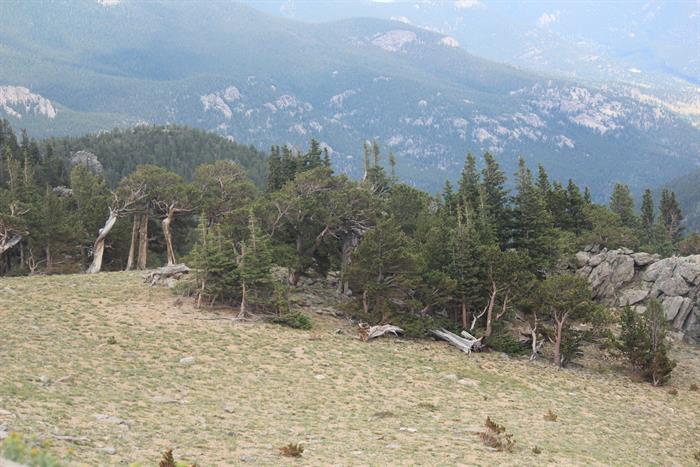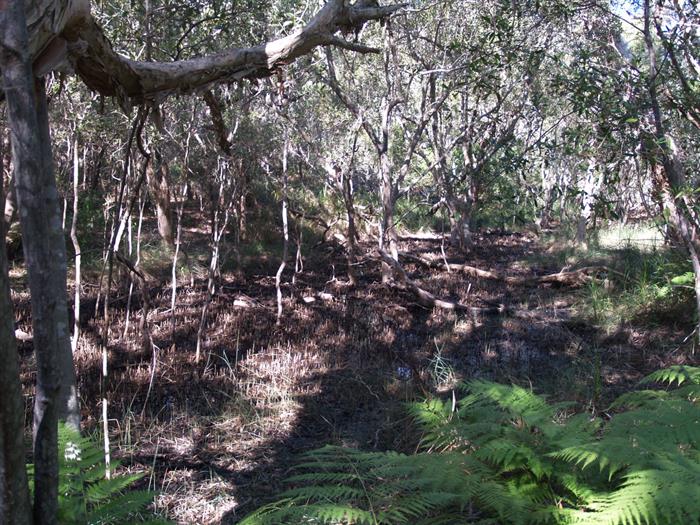Home Study Course in Plant Biology
 The course is a basic foundation for people wishing to pursue a career in sciences, biology, environment, agriculture, gardening, landscaping, organic farming, permaculture and herbal medicine, and for all people interested in the natural world.
The course is a basic foundation for people wishing to pursue a career in sciences, biology, environment, agriculture, gardening, landscaping, organic farming, permaculture and herbal medicine, and for all people interested in the natural world.
The term "ecology” was first introduced in 1869 by a German biologist named Ernst Haeckel. The term was derived from the Greek "oikos", which means household or home, and “logos”, which means word or study. Ecology, then, is the study of plants and animals in relation to their home, or environment. The study of ecology was further advanced by Charles Darwin, with his theory of evolution and Alexander von Humboldt, who made extensive explorations in the Orinoco and Amazon River regions in South America in the nineteenth century.
Lesson Structure
There are 8 lessons in this course:
- Introductory Ecology
- Plant Communities
- Plants and their Environment
- Plants, Soils & Climate
- Plant Adaptations to Extreme Environments
- Manipulating Plant Environments
- Environmental Conservation
- Environmental Organisations, Assessment and Funding
Each lesson culminates in an assignment which is submitted to the school, marked by the school's tutors and returned to you with any relevant suggestions, comments, and if necessary, extra reading.
Aims
- Define the term ecosystem
- Explain the importance of plants as energy producers within ecosystems
- Explain basic ecological principles
- Define the terms open and closed plant communities, semi-natural vegetation, dominant species, climax association.
- Describe the effects of plant association and competition on the succession of plants
- Describe how plant communities respond to environmental stresses.
- Explain how the development, structure and function of an organism depends on the interaction of that organism with its environment
- Describe the effects of a range of abiotic environmental factors on plant growth and development
- Explain the importance of monitoring abiotic environmental factors
- Describe plant modifications to withstand extreme environmental conditions
- Describe the weather and climate in a particular region.
- Relate plant distribution, growth and natural selection to soil, geography, weather and climate.
- State how soil, geography, weather and climate affect the horticulturist’s selection of plants for any specific growing location.
- Evaluate the use of meteorological records in relation to plant growth and development
- Define the terms xerophyte, hydrophyte and halophyte
- Describe the structure and function of xerophytes, hydrophytes and halophytes
- Describe how xerophytes, hydrophytes and halophytes can be utilised in garden or landscape situations
- Describe the significance of xeromorphy in temperate zone plants and its importance in the garden or landscape situation.
- Evaluate the methods by which environmental conditions can be manipulated to improve the growth and development of plants
- State the factors affecting the choice of plants for garden or landscape sites with extreme conditions
- Assess the value of using protective structures to grow plants
- Describe the sources and nature of pollutants and possible effects on plants
- Describe how the environment may be affected by a range of horticultural practices
- Explain how planning, environmental assessment and impact analysis may contribute to the conservation process
- State the major sources of grant aide available to support environmental conservation on horticultural sites
- Review the role of national and international organisations in the conservation of plants and gardens.

Different Plant Communities
There are two main types of plant communities. Open plant communities consist of open canopies with sparse vegetation and usually one or two canopy layers. Closed communities include more dense vegetation with a closed canopy. Closed communities may consist of rain forest plants and include larger leafed species.
In contrast with closed communities, open communities develop where there is shortage of resources, like African savannas, North American prairies and Asian steppes, all suffering from shortage of moisture for at least several months a year, or open forests on rocky grounds lacking enough soil to grow on.
Habitat Types
The earth can be divided up into different types of areas with shared characteristics. The simplest division is that into areas covered by water and areas covered by dry land. This division is based upon simple physical characteristics. There are many other ways of dividing up regions which are far more complex; based upon not just physical characteristics but also the living things that inhabit an area. Regions of the world can be differentiated according to environmental conditions, topography and dominant plant and animal species. For example, the use of such criteria allows us to see that tropical lowland rainforest is very different to arctic tundra.
Broad based divisions such as arctic tundra or tropical savannah may be called biomes. Within each of these biomes, there can be many different areas, called ecosystems (eg. In a temperate woodland forest, you may find a different combination of plants and animals inhabiting the edge of a clearing than what you would find deep within the forest). Ecosystems are generally smaller units of greater similarity than biomes. Within ecosystems, you may find hundreds of different locations with slightly different environmental conditions and populations of animal and plant life. These are called microclimates. For example, certain animals and plants may thrive in a rock crevice, protected from direct sunlight or cold exposure. The rock can absorb heat in the day and then release it (as a sort of heat bank at night).
Common biomes include: Boreal Forest, Temperate Forest, Tropical Forest, Woodland, Shrubland, Tropical Savannah, Temperate Grassland, Tundra, Alpine, Semi-desert, Desert, Pelagic, Benthos, Continental Shelf.